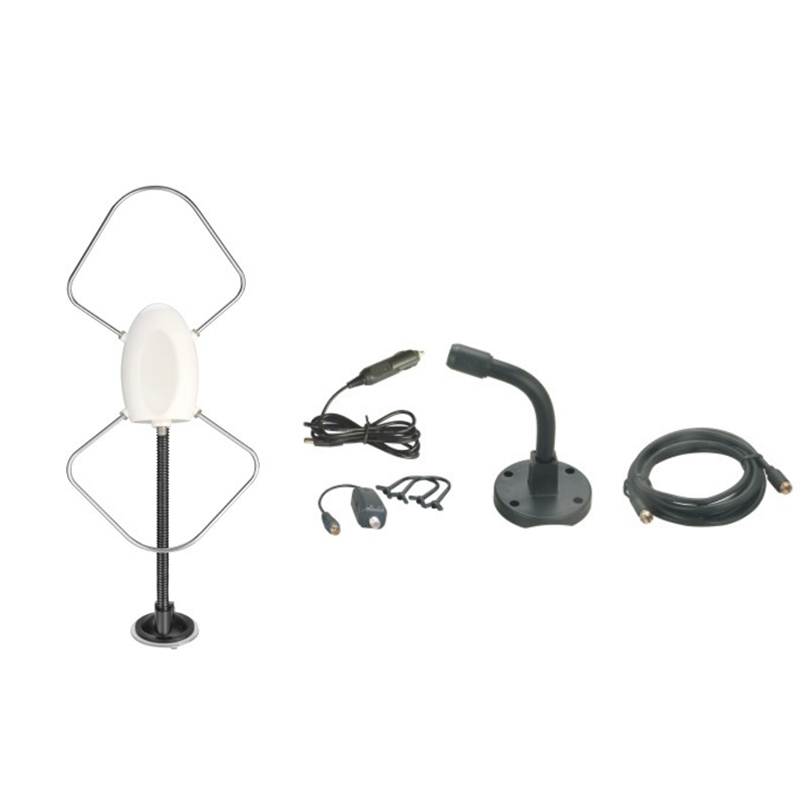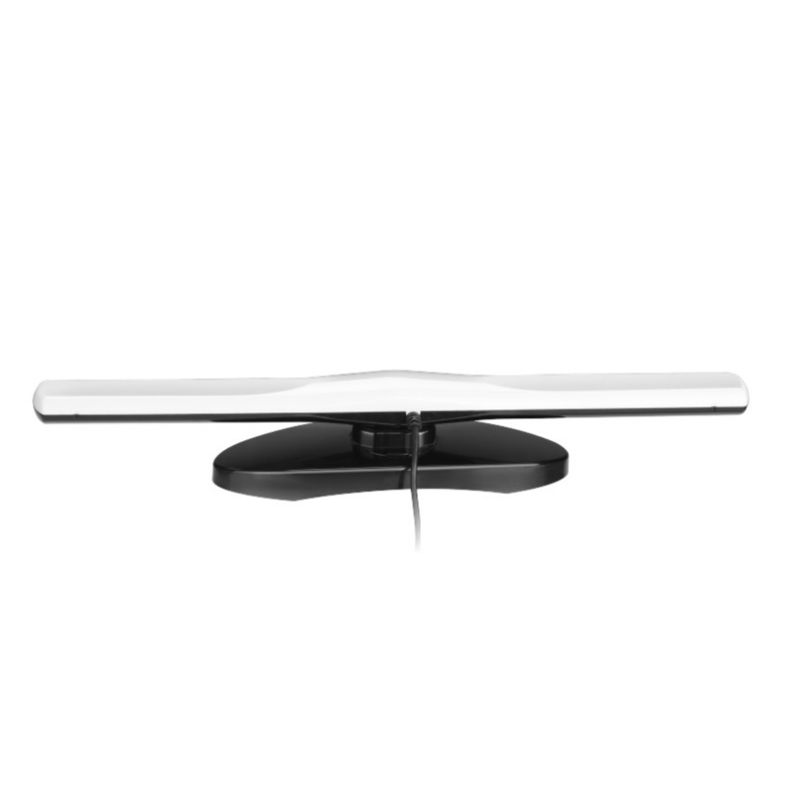Frequency range: 26.5- 28MHz SWR: ≤1.2:1 Max. power: 35W continuous 250W Short time Bandwidth at S.W.R. 2:1: 1900KHz Impedance: 50ohm Whip length: 1200mm Adjustment: 0~90° Cable Length: RG58/157" Po...
See DetailsHow is the signal reception efficiency of TV Antenna affected by weather conditions?
As a key device for receiving TV signals, the signal reception efficiency of TV Antenna is inextricably linked to weather conditions.
In clear weather, there are relatively few interference factors in the atmosphere, and TV antennas can receive signals more efficiently. At this time, signal propagation is relatively stable, the attenuation of electromagnetic waves in the air is small, and the antenna can receive strong and clear signals. For example, on a clear afternoon in the suburbs of a city, users can often receive high-definition TV programs on multiple channels with smooth pictures and clear sounds using ordinary outdoor TV antennas. This is because good weather allows TV signals to be smoothly transmitted from the transmission tower to the antenna end, and the antenna's reception efficiency is at a high level.
However, when encountering windy and rainy weather, the situation is quite different. Rainwater absorbs and scatters TV signals. Raindrops are like tiny obstacles that cause signals to refract and scatter during propagation, resulting in weakened signal strength. At the same time, rainwater may also adhere to the antenna, changing the antenna's electrical characteristics and further affecting the signal reception efficiency. In rainy weather, some areas with good signals may experience freezing of TV screens, increased snowflakes, or even signal interruption. For example, during typhoons and rainstorms in coastal areas, the signal reception effect of TV antennas will be greatly reduced, and users' viewing of TV programs will be seriously affected.
Strong winds should not be ignored either. Strong winds may cause the antenna to shake or shift, causing the antenna to deviate from the optimal reception direction, thereby reducing the ability to receive signals. Moreover, strong winds may blow up surrounding debris, such as branches and dust, which will also interfere with signal transmission if they are close to the antenna. In windy weather in mountainous areas, the signal reception efficiency of TV antennas often decreases significantly, and users need to constantly adjust the position and direction of the antenna to barely maintain signal reception.
Thunderstorm weather is even more extreme. The strong electromagnetic interference generated by lightning can seriously affect the transmission and reception of TV signals. When thunder and lightning strike, TV antennas may receive a large number of messy electromagnetic signals, causing the TV to fail to display the picture normally or to have serious noise. In addition, there is a risk of damage to antennas and TV equipment due to lightning, so users are usually advised to disconnect the TV antenna from the TV equipment during thunderstorm weather to ensure safety.
Our company is committed to the research and development of TV antenna products that can adapt to various weather conditions. By adopting advanced signal enhancement technology and anti-interference design, such as special waterproof coatings, windproof structures and electromagnetic shielding measures, we can effectively improve the signal reception efficiency of TV antennas in different weather conditions, and provide users with a stable and clear TV viewing experience, so that users can enjoy wonderful TV programs regardless of rain, shine or thunder.

 English
English Español
Español













Contact Us